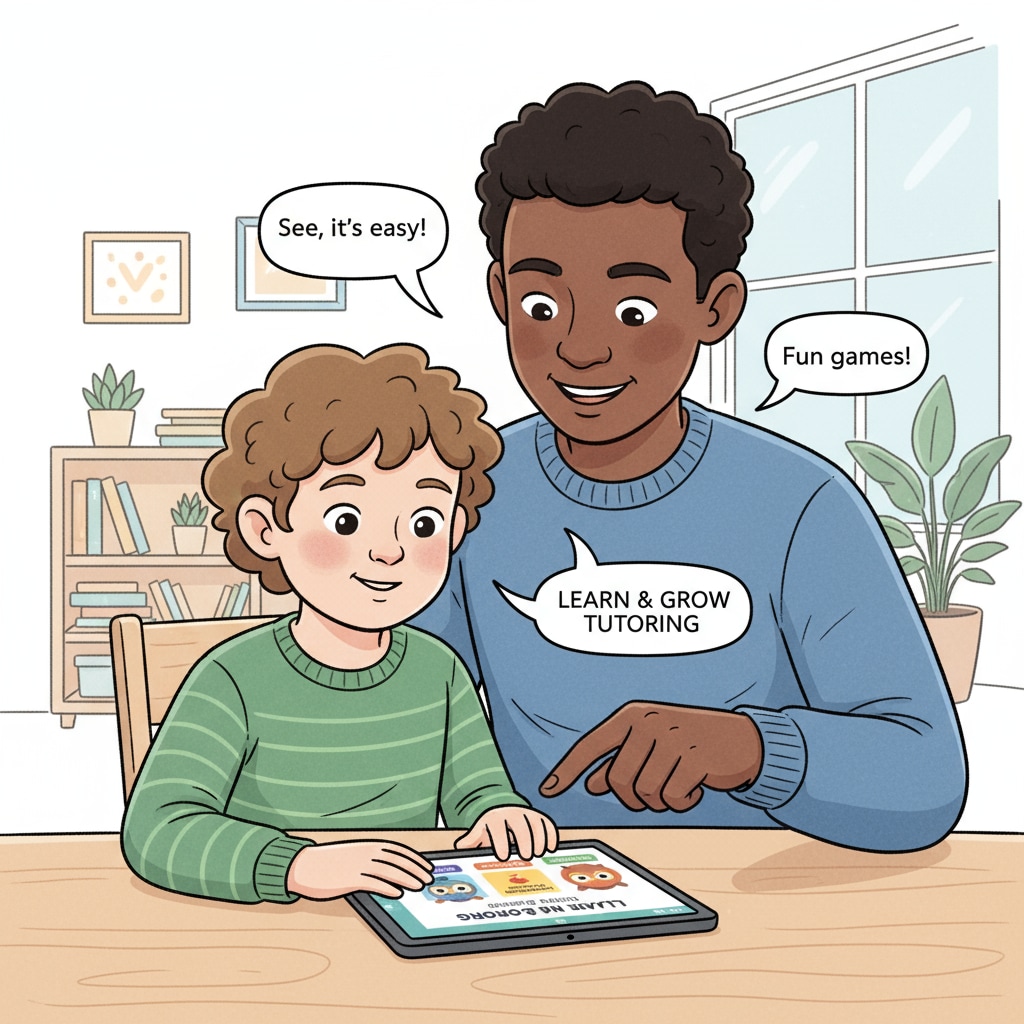The demand for effective support systems for children with special education needs has led to the exploration of innovative solutions, such as tutoring apps. These apps aim to bridge the gap between students with special needs, their families, and suitable tutors. User feedback plays a crucial role in shaping these applications to meet the diverse requirements of this unique group.

The Landscape of Special Education Needs
Children with special education needs often face significant challenges in accessing appropriate educational resources. According to UNICEF’s Special Needs Education initiative, there is a global shortage of trained professionals and tailored learning materials. In many regions, students with disabilities or learning difficulties struggle to find tutors who are knowledgeable about their specific conditions. This lack of accessible resources can impede their educational progress and limit their opportunities for a fulfilling life.
User Feedback as a Driving Force
User feedback is invaluable in the development of tutoring apps for special education needs. Parents, caregivers, and the students themselves can provide insights into the features and functionality that are most needed. For example, some may emphasize the importance of having visual aids and interactive elements to engage students with learning difficulties. Others may highlight the need for easy communication channels between tutors and families. Gathering and analyzing this feedback ensures that the app is designed to address the real concerns of its users.

To create an effective tutoring app, several design principles must be considered. Firstly, the app should be user-friendly, with a simple and intuitive interface. This is especially important for students with cognitive or motor disabilities. Secondly, it should offer personalized learning experiences. Tutors can use the app to create individualized lesson plans based on the specific needs of each student. Additionally, the app should facilitate seamless communication between all parties involved – students, tutors, and parents.
In conclusion, the development of a tutoring app for children with special education needs is a significant step forward in improving educational access for this group. By incorporating user feedback and adhering to sound design principles, these apps can help match students with the right tutors and resources. As technology continues to evolve, we can expect even more innovative solutions to emerge in the field of special education. Education Week’s Special Education coverage provides further insights into the latest trends and developments in this area.
Readability guidance: The content is presented in short paragraphs for easy understanding. Key points are highlighted, and the use of external links provides additional information. The language is kept simple and accessible, with an emphasis on clear communication.


